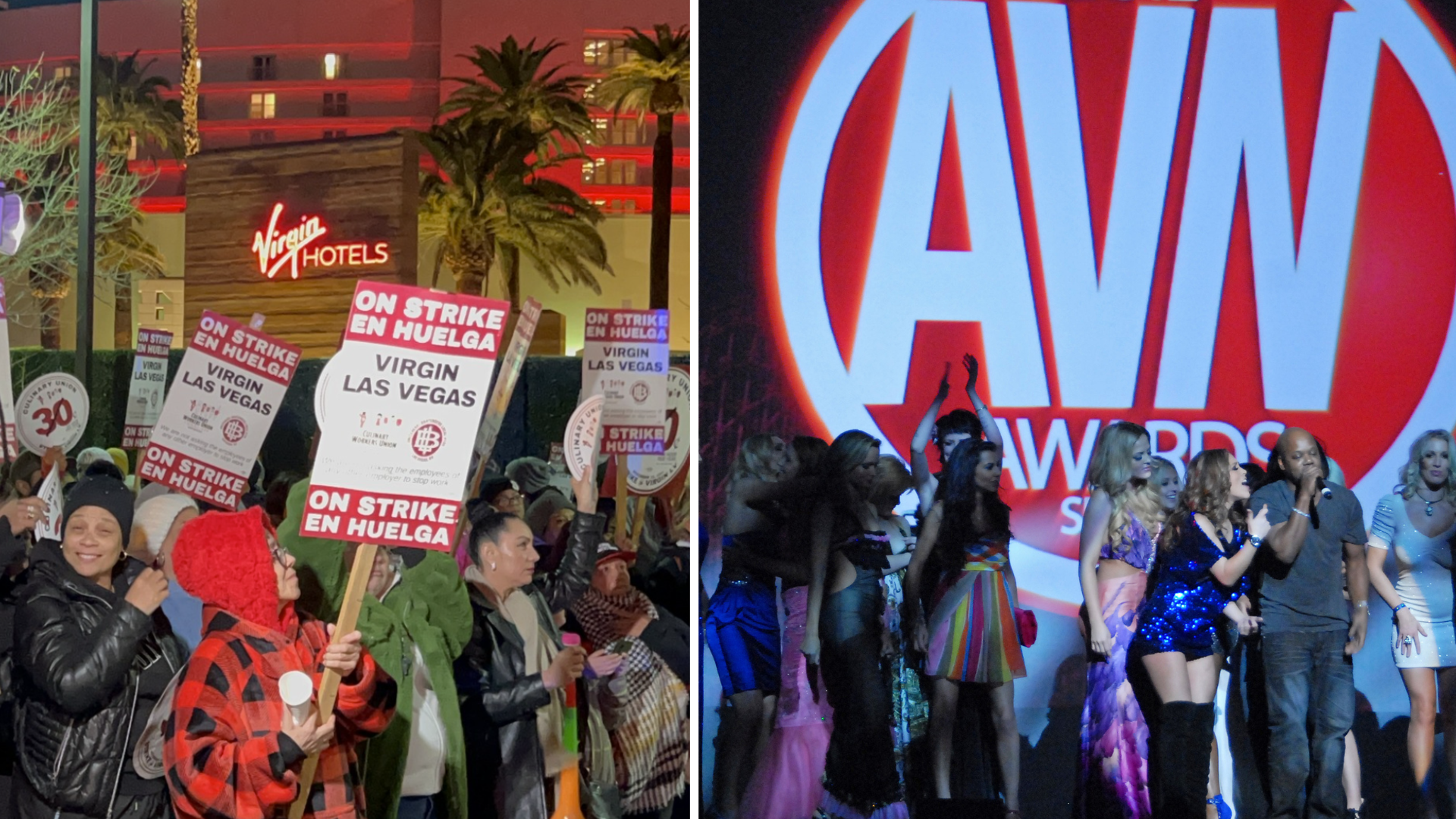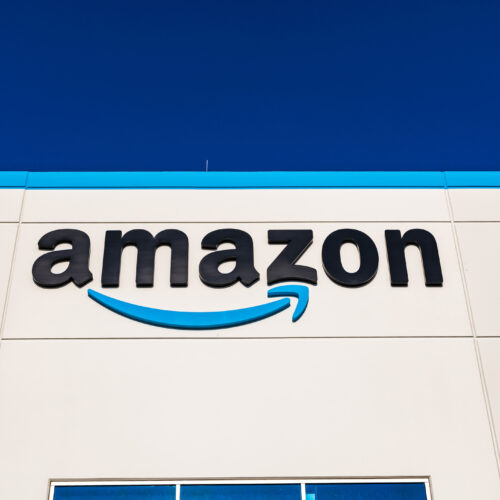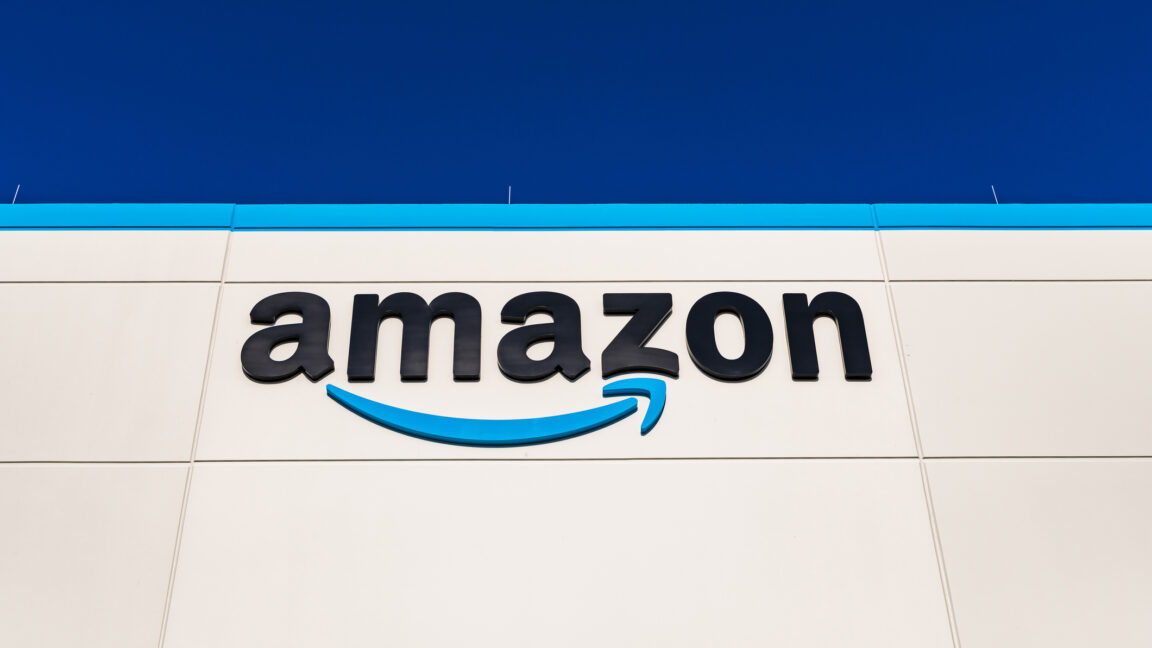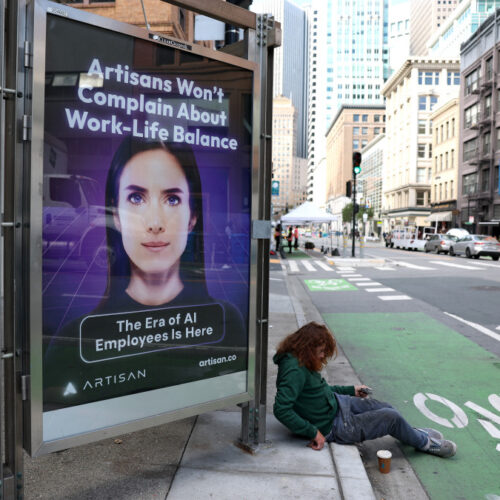Porn Performers Conflicted Over Crossing the Picket Line to Attend AVN

The Oscars of porn and the industry’s largest trade show will begin in one week, on January 22 at Virgin Hotels in Las Vegas. Inside, adult performers, producers, directors and crew will find out whether they’ve won the prestigious AVN Award in categories including “Best All-Girl Group Sex Scene” and “Best Big Butt Movie or Collected Release,” but outside, hospitality workers are picketing for a better union contract. It’s a massive week for the adult industry, but porn workers are conflicted about crossing the picket line, with many choosing to sit this one out entirely.
The Adult Entertainment Expo (AEE) and the Adult Video Network Awards, collectively often referred to as AVN, is expected to bring more than 45,000 attendees to Vegas for three days of signings and meet-and-greets for fans, panels and programming about the adult industry, and booths for hundreds of brands, studios, and sex toys. It’s also the biggest event of the year for the industry’s indie performers, who come out to shoot content and network, spending weeks and months planning agendas and setting up unofficial parties and meetups. The show has been going for decades—since 1998 when it shared space and dates with the Consumer Electronic Show, and later at the Hard Rock Hotel when vendors and performers were forced out of CES and started their own event a few weeks and a couple blocks away.
Culinary Workers Union Local 226 and Bartenders Union Local 165, Nevada affiliates of UNITE HERE, represent 60,000 workers in Las Vegas and Reno according to their website. They’ve been on open-ended strike since November, and are fighting for a new five-year contract for 700 workers. Union representatives said last month that the latest offer from Virgin Hotels Las Vegas was a 30-cent-a-year wage increase, which they rejected.
Virgin Hotels, formerly the Hard Rock before renovations and a rebrand in 2020, was AVN’s first home when it split from CES’ dates and venue in 2011 (AVN became its own event in 1998 but shared space and time with the mainstream electronics show, where attendees would drift from one to the other). Today, AVN is actually multiple events, including the AEE and the awards but also the Adult Novelty Expo (ANE), interNEXT Expo, GayVN Awards Show, and the “O” Awards. In 2020, when the hotel reopened, Virgin Hotels Las Vegas CEO Richard Bosworth called AVN and other conferences “very cherished clients.”
🪧 @VirginHotelsLV ON STRIKE! Hospitality workers are pushing to win a union contract. Virgin Las Vegas workers are strong and they will stay out on strike until they win a contract. ATTN: Customers: Support workers & DON'T cross picket line.
— Culinary Union (@Culinary226) January 14, 2025
cc: @TylerCruiseXXX @niableuofficial pic.twitter.com/pWlvYMMCfT
Performer Electra Rayne told me on Monday she’s still planning to boycott the event as long as the strike is ongoing. She corresponded with the Culinary Union, and confirmed with them in an email she posted to X that striking workers are asking people to refrain from patronizing the venue in solidarity, which the union has since said publicly in statements.
@electrarayne Replying to @noxious_hikers I will ONLY be attending AVN if @Virgin Hotels Las Vegas does the right thing and gives a fair contract to the striking workers of @Culinary Union 💙 otherwise I'm boycotting due to the strike, and I encourage others to do the same! #cornindustry #workersrights #culinaryunion226 #virginhotelvegas #strike #picketline #breakingnews #avn #avnawards #lasvegas #unionstrong
♬ original sound - Electra Rayne
“Thankfully I'm local so it's not like I spent a ton of money on travel or anything, and I'm supposed to go sign at the booth for my agent who has been super understanding about me needing to cancel should the strike be ongoing (which it seems it will be),” Rayne said. “I'm bummed to not see my fans, but the really sad part is that I was in a feature that's up for multiple awards this year, and I won't be able to celebrate that at the awards with the cast. We worked so hard on that movie and I'm so proud to have been a part of it, it's a really bummer to not get to participate in that moment.”
Other people in the industry are planning to attend despite the strike, but still find the decision difficult. “It saddens me to hear that Virgin is not paying their workers a fair wage, as that is something everyone deserves. With that said, I will still be attending AVN as it is the biggest convention of the year for my industry and I do have agreements and obligations that were arranged far ahead of these strikes,” performer Leya Falcon told me. “I do find it quite disturbing to hear that some of those on strike are ‘allegedly’ harassing and sometimes even following in an intimidating manner those that decide to enter the property as we have nothing to do with their employment situation, we are simply doing our job, which to be fair, does not always pay fairly either. [The Culinary Union did not respond to a request for comment on this alleged harassment, but we will update if we hear back.] Just as they are working to care for their families, we are doing the same and we should not be bullied for it, especially in this economy. I do hope that they can see the other side of the coin here, much as we do see theirs, and understand that none of us are against them receiving fair pay, we are simply doing what we need to do to provide for our families as not all of us have the luxury to just decide to sit this one out.”
Performer London River wrote on X that she would also still attend. “I likely can’t pull out of my commitments to AVN without experiencing losses. Considering that, I will be donating a percentage of my profits from the event to the strike fund,” she wrote, linking to a donation page for their fund. Striking workers are paid $500 a week out of this fund, a representative for Local 226 told me.
“Performers should not cross picket lines!”
— London River (@LondonCRiver) January 8, 2025
There is a lot to unpack here. Many performers and independent production companies have invested a significant amount of money into attending the AVN expo. And most of that money cannot be refunded which means that we stand to suffer…
AVN declined to comment, but last week, it launched a FAQ page for attendees of the event. “The hotel has assured us that the strike will not impact the AVN Expo and Awards. Contingency measures are in place to maintain a memorable guest experience and exceptional service during the event,” the page says.
On January 9, the Adult Performance Artists Guild (APAG) issued a statement about the strike: “As the union for performers in the adult industry, care for the safety and well-being of our workers is paramount to our mission,” they wrote. “We feel this for not only our members and other workers in the adult industry but for all workers, regardless of their jobs. As union representatives, we support the sacrifices made by workers on strike, fighting for better working conditions. The officers of APAG voted unanimously to support our fellow union workers in Culinary Workers Local 226, and we will not cross their picket line in a show of solidarity.”
APAG said it “strongly encourages” members to avoid crossing the picket line, as well as cancelling reservations at the hotel and contacting AVN, Virgin Hotels, and companies they were set to sign with at the event to express their concerns.
And on Saturday, marking day 58 of the strike, APAG members joined Local 226 workers and their families for a march from the Las Vegas Strip to Virgin Hotels, blaring vuvuzelas and holding signs referencing Virgin Las Vegas’ contract negotiation offer of an estimated 30 cents an hour in wage increases.
“The Adult Performance Artists Guild (APAG)’s decision to stand with Culinary Union strikers and honor the picket line at Virgin Las Vegas demonstrates unity, and the Culinary Union applauds the unwavering solidarity shown by the APAG and their members,” Ted Pappageorge, Secretary-Treasurer for the Culinary Union, said in a statement. “Workers across industries share the same fight for dignity, fair pay, respect, and protections on-the-job, and Culinary Union is proud to stand with APAG in solidarity as strikers continue to take on a billionaire-owned company that refuses to treat workers fairly. APAG’s support sends a powerful message: When workers stand together, we are unstoppable. To APAG members and all customers choosing not to cross the picket line – thank you for standing with workers on strike, with your continued support we will win.”
Last week, Pornhub announced that its team is canceling its upcoming trips to AVN and adult industry event XBIZ LA due to the strike in Vegas, and in Los Angeles, the wildfire crisis that’s required many LA residents to evacuate to hotels. “Unfortunately, this means our scheduled in-person events and workshops are no longer going on as planned. We are working closely with XBIZ to host our scheduled workshop virtually,” they wrote in a post on X. “We're so disappointed we won't be able to get face time with those of you who were planning to attend, and looking forward to seeing you all again soon.”
If workers don’t receive a fair contract soon, AVN won’t be the only event where attendees will have to choose between staying home or crossing a picket line. There are 11 other trade shows and events set to take place at Virgin Hotels in the coming weeks, including the Fancy Food Show, World of Concrete Expo, Academic Surgical Congress, CHAMPS Trade Show, and Kitchen and Bath Industry Show.



